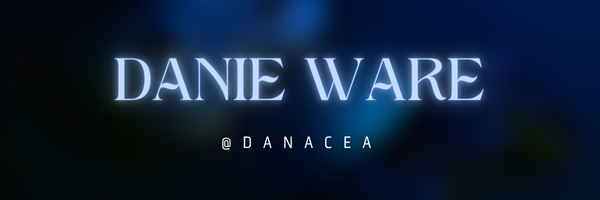How To Set a Scene, Part One
Or: What Can We See?

Research is like an iceberg: only a small amount of it ever shows above the waterline. Just because you’ve dug up every last appropriate visual reference, it doesn’t necessarily mean you’ll need to use them. Info-dumping is an art, and less is usually more.
My old English teacher always used the example: don’t spend three pages describing torn barbed wire and broken bodies, just tell me about the lost and blood-stained shoe. A trope, inevitably, but it works.
Danie’s Substack is a reader-supported publication. To receive new posts and support my work, consider becoming a free or paid subscriber.
Anyway, back to the question: what do you need to set a scene?
You need five senses, and (usually) the most important one is sight (though, inevitably, a great deal of atmosphere, impact and character detail can be gained by its absence).
So: what can the reader see?
First up, they’ll need a backdrop, something to give time and space. Don’t just set the scene any-ol’-where, set it in a luxury clothes store, or in the back room of the auction house, or on the crossroads where the hangman’s noose still swings. Have your character walk down a road that’s filled with critical buildings, or past the site where the great battle was fought, hundreds of years before. This gives you a chance at a cheeky, nodal illustration (just like that shoe), and the reader the opportunity to realise where (and when) they are.
You’ll also need light (duh). Not just ambient light, but sources and angles and colours and shadows, and how much of it there is or isn’t. This is critical for setting the emotional mood, and you can fold in the time of day, the weather, the indoors, the outdoors, the wealth (or not) of the surroundings, the locations of windows or lamps, and, of course, the levels of imminent threat or skulking nasty.
A cheeky trick: if you’re struggling with a scene, change the weather. Not quite ‘visuals’ perhaps, as the sheer responsive energy of that change will affect a great deal, but it works!
When writing, frame scenes like they’re in a film, with the reader’s eye as the camera. Show scale, with that eye close or far away. Bring the reader’s attention to things that are surprising, or strange, or slightly out of place, or likely to pull a Chekov later on. The simplest details of a character’s expression, or stance, or garments, or where they’re standing, can reveal a huge amount about their personality and motivation and their relationships with the things and people around them. Don’t make every ‘evil’ character unattractive (for the love of dog, I will hunt you down) and we all know better than to breast boobily, down the stairs or anywhere else. And make sure your characters interact with their surroundings, picking up their drink or stroking the stray cat (another nodal illustration). Or, if they’re out of place themselves, then the reader needs to know how and why.
From there, we can go into truly immersive detail, like the tiny points of missing buttons, scuffs on flagstones, faulty local neon, or a hundred other things. This stuff can be very necessary, but can also be over-used, particularly in the first couple of chapters. Too much can slow everything down. Like the shoe, do pick and use carefully.
As always, above all else, writing advice is nebulous and tricksy thing. We all do things our own way, and that’s exactly as it should be (otherwise we’d all be writing the same book, and that’s no fun at all). Hopefully, these points can help create immersion, conjuring your scene to life in the mind of the reader. It’s up to you, though, to juggle how much explanation/description you offer, judged against how much pace you’d like to maintain.
Whatever you choose, it’s your book. So do what feels right, and have fun!
Reading: the second of Becky Chambers’ Monk & Robot novellas, A Prayer for the Crown-Shy, which is every bit as wonderful as the first.
Watching: Started Spy x Family on Netflix, after seeing it fly off the shelves in the store. I normally like the Manga crime comedies – Househusband and Sakamoto Days particularly – but not sure about this one. Maybe it’ll grow on me.
Playing: still nope. But hey, a break really isn’t such a bad idea, and it means I’m doing lots of other stuff ;)
Danie’s Substack is a reader-supported publication. To receive new posts and support my work, consider becoming a free or paid subscriber.
